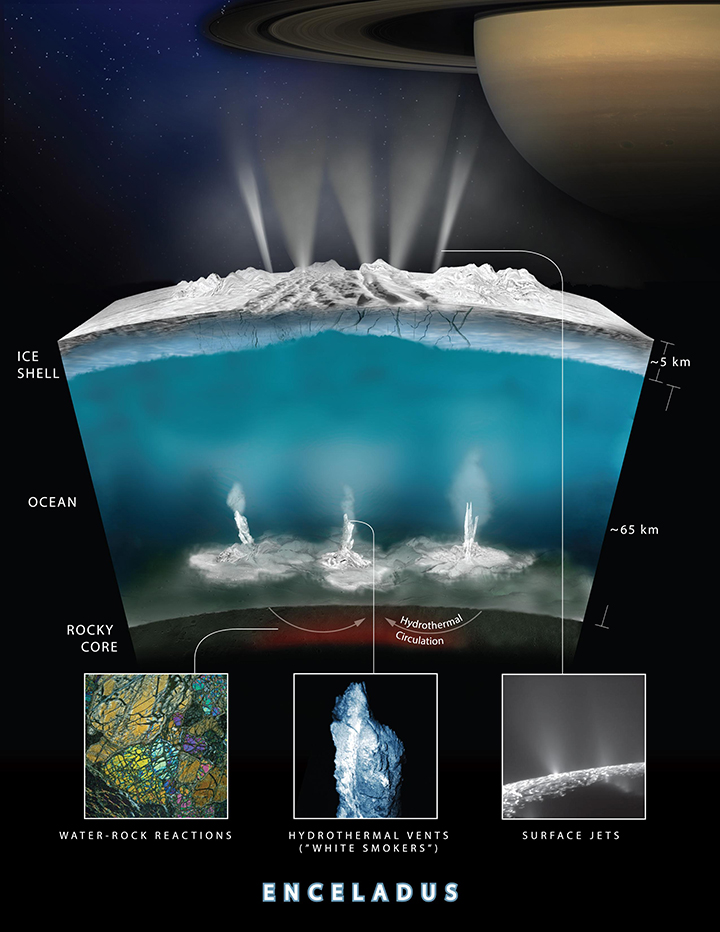NASA Green Lights the MU Proposal
Whittington and geology doctoral student Aaron Morrison recently received word that NASA agreed to fund their research proposal, “Rheological Investigation of Cryovolcanic Lavas.” Rheology is the study of the properties and behavior of matter as it flows or deforms. The grant funding will pay for a new rheometer (a device to measure viscosity, or stress required to deform a material) for the geology department, and Morrison eventually will go the Jet Propulsion Lab (JPL) at the California Institute of Technology in Pasadena to expand upon the experiments he will begin at MU. Morrison says he first heard of the concept of cryovolcanism while taking a course Whittington and his wife, astronomy Professor Angela Speck, co-teach on the science of our solar system. But Morrison says when the class finally broached the topic, Whittington admitted that scientists don’t know much about the phenomenon at this point.
“I’d never heard of this before, and I wanted to learn more,” Morrison says. Then Morrison accompanied Whittington to a Geological Society of America conference, where NASA scientists presented data from the New Horizons probe at Pluto.
“At the end of one of their talks they said, ‘What we really need right now is some rheological data on these findings,’ and I thought, ‘Well, that’s what I do—why don’t I contact these folks and see if we can do something cool?’” Morrison says. He says they can determine the composition of the surface ices/geysers from spectral analyses conducted by the probes and then synthesize those materials in the lab. Morrison will use the new rheometer to determine the viscosity of the briny liquids he will be testing.


